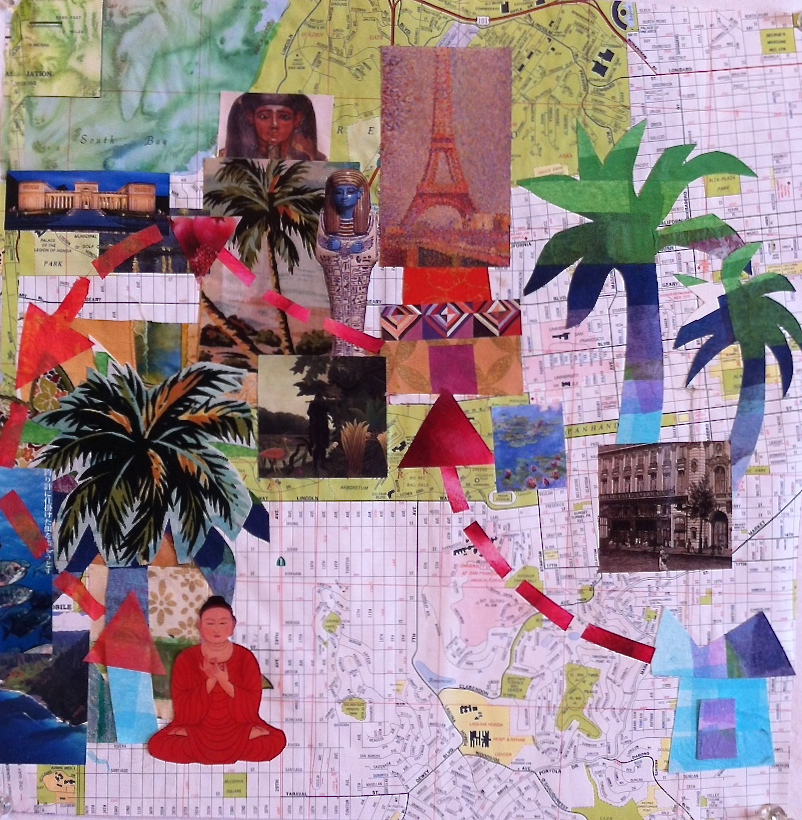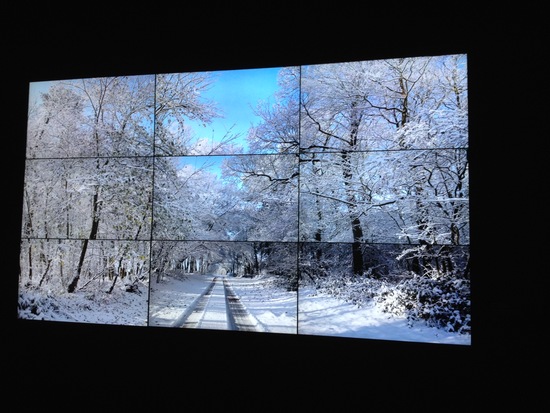
It's mid morning, and I'm in the copy room of our hospital, appreciating the sweetness of my short days while they last. Beginning in September, I'll be going full-time. The knowledge that my half days in the studio are coming to an end is poignant.
Normally, I'm there in the afternoon, and it occurs to me that I should call the playroom supervisor, Margaret* and ask if she'd like me to hold an art group. Most days, the music therapist does a group in the morning, and afternoons are mine, but she's on vacation for the month.
I push the button on my cell phone badge and call Margaret. She's busy, so I call a Child Life Specialist who thinks not, but better check with Margaret who calls back soon after. Margaret is moving quickly while we talk, getting ready for a visit from our university bug museum--yes bugs! Bugs are big here on Peds. "Yes," she says, "I didn't think so, but I was trying to trace a dragonfly for the kids to color in, but I'm needed in 43." The room number, code for whatever patient is presently staying there.
I've got 5 minutes to consider what to do instead of my usual hour. (Normally I arrive in my office, check email, study that day's census and charts. In the back of my mind, I'm wondering, "WHAT ARE WE GOING TO DO TODAY???" I've got to keep it fresh, both for myself and the patients.
Today, I grab a stack of old maps that I brought from home. We're going to create treasure maps--choose an imaginary destination, draw a path to get there and then crumple and age the paper with plenty of brown watercolor.
It's slow in the playroom and I have time to cut the maps to drawing paper size while I explain the project to an intern Sara* who's holding a lovely baby. Sara loves it. and actually draws out a map to get the feel of the project. The baby reaches for the edge of the paper, an early map eater.
The kids arrive slowly and I'm able to explain the project to them. One, confined to her wheelchair, draws swirls of circles on her map, her mind a tangle from infection. I don't think many of the kids have seen maps before, and they're a bit puzzled, so I reference Johnny Depp and Pirates of the Caribbean.
The room is filling and within its confines, there are two in wheel chairs, as well as one boy who's recently recovered from a stroke and needs his paper held down. The baby is unhappy, so I offer to take him and I put on a CD that I think is Caribbean Playground, but turns out to be Taylor Swift. I gently rock the baby while I hold another girl's paper down for her.
And suddenly, like the swirls on the paper, the room and the group are at capacity. Several kids need individual attention; they get agitated by too much stimulation. It's just myself and the intern for both the group and the rest of the playroom.
A one year old is running around, the swirler begins to hurl crayons. The baby, who has incomplete intestines has a colostomy bag that feels like it's leaking on me. A young boy and his mother are happily working on a map together. She tells me that she used to live in San Francisco and the section of the map she's drawing on is exactly where she lived.
Oh my. Such sweetness and chaos all tied up in one moment. We've tried to calling the nurse for the baby, but she must be busy. Fortunately, several kids complete their project and "oh," another intern comes in. I unplug the baby's IV, try to maneuver the pole with its attachments and the baby out of the playroom.
As I go down the hall, I run into Margaret who helps me to the baby's room. I set the baby carefully down in the crib side wise so he doesn't feel like he's being trapped in the crib. He smiles and his legs kick free. I'm a little wet, but it was just the diaper.
"Welcome to mornings." she says.
*The names of the real people have been changed to preserve anonymity.
 There's a New Year's practice that I've often read about on various blogs: choosing one word to guide one's actions for the coming year.
There's a New Year's practice that I've often read about on various blogs: choosing one word to guide one's actions for the coming year.





